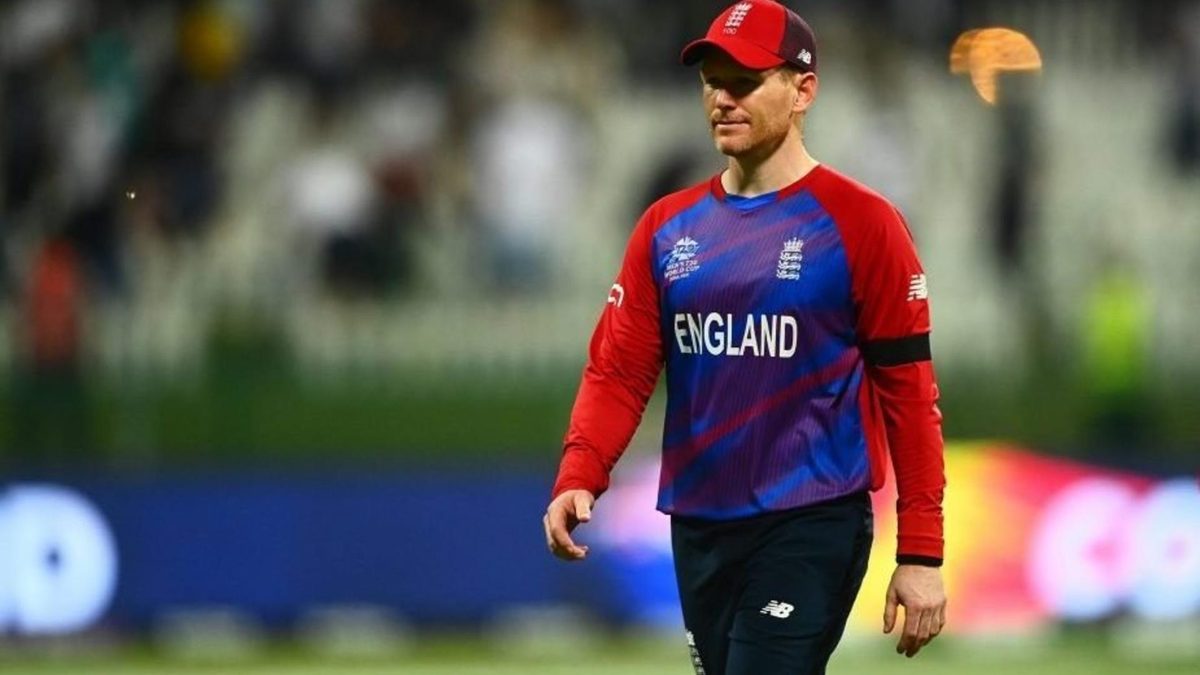
England’s decision to replace Jason Roy with Sam Billings has come under scrutiny, with some questioning whether an extra bowler should have been picked instead.
After Jason Roy was ruled out of the World Cup following a calf-tear he suffered against South Africa, England had a decision to make ahead of their semi-final against New Zealand about the balance of their XI.
Would they stick with the batting-heavy approach or bring in an extra bowling option to cover for some of the weaknesses that had been on show in the loss against South Africa and been further exacerbated by the injury to Tymal Mills, their death-overs specialist?
In the end, England opted for Sam Billings, a specialist batter who was carded at seven.
Billings would end up spending the entirety of the innings in the dug-out as England posted a middling score of 166-4. As a result, it would be easy to argue that given Billings wasn’t needed with the bat and that England then failed to defend the total they had set, England’s selection was wrong.
However, it isn’t that clear. The argument for an extended batting line-up is that it allows those at the top of the order to go harder at the start of an innings as they need not fear the consequences of getting out. This has been a blueprint for England’s white-ball set-up for years as the likes of Jofra Archer and Adil Rashid have been listed as low as nine and ten, allowing for England’s top order players to attack from the off.
https://twitter.com/fwildecricket/status/1458526192894685189
Commenting on the selection after the game Eoin Morgan said, “I think it’s our best balance of the team. I think given how we’ve played throughout the tournament and the method that we’ve used, at the moment we have 24 overs of bowling on the field, it’s worked extremely well throughout the course of the tournament.”
Whether the inclusion of Billings in England’s batting line-up did free up those at the top of the order is up for debate. And the likes of David Willey and Tom Curran who could’ve been selected instead are also capable with the bat. In particular Willey, who has two T20 centuries and a career strike rate of 141.
It is also worth noting that England’s problems with the ball came at the death, where Willey is not particularly renowned, and Curran’s initial exclusion from the squad was a result of a run of poor performances at such crunch times. Nevertheless, whether their inclusion would have allowed the rest of England’s bowling to be better deployed is also a factor here. As ESPN Cricinfo’s Matt Roller noted at the ground, “the sights of Adil Rashid frantically drying a soaking-wet ball in the 18th over and Woakes conceding his seventh six in three death overs this tournament suggested a rare night-off as captain [for Morgan].”
Ultimately, there were a number of factors that resulted in England’s loss to New Zealand. No less the superb innings from Daryl Mitchell who scored 72* off 46 balls whilst Jimmy Neesham’s cameo of 27 off 11 balls turned the game on its head.
“I wouldn’t change anything”, said Morgan. “Everything worked right up until the point that Neesham came in. It’s a fantastic cameo in, I suppose, high-pressure circumstances when his team needed it.”








